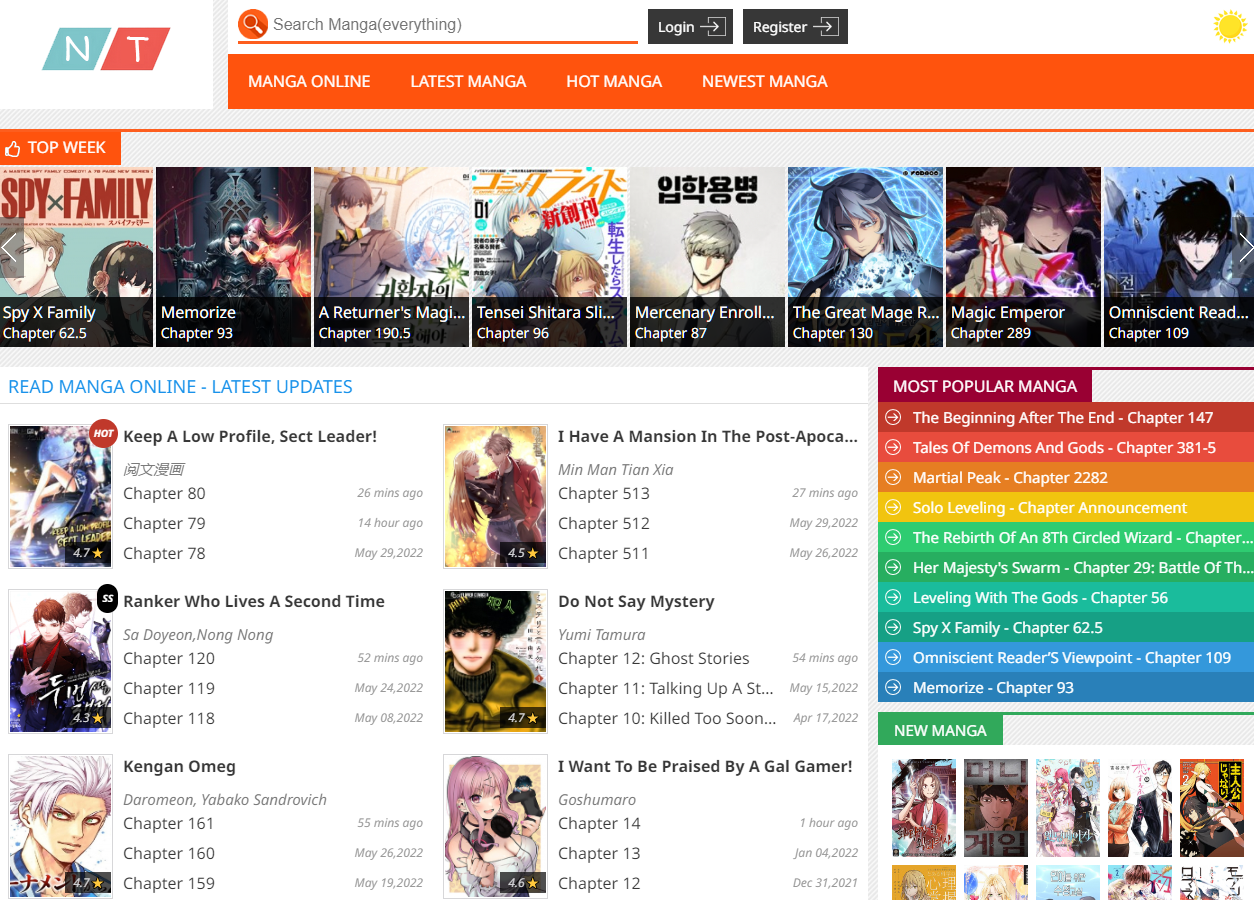🌟 Dịch Vụ Chất Lượng Cao 🌟
✓ 301 Redirect: Chuyển hướng domain an toàn, giữ nguyên giá trị SEO
✓ Guest Post: Đăng bài chất lượng trên các website uy tín
✓ Hỗ trợ tư vấn 24/7
✓ Báo giá cạnh tranh
✓ Thời gian xử lý nhanh chóng
📱 Liên hệ ngay qua Telegram: @subdomaingov
⚡ Hỗ trợ tư vấn miễn phí
Sweet Love Is The End Of Revenge
₫6.013.025
Sweet Love Is The End Of Revenge | Tips: How to Enjoy the Best Reading Experience
Product description
Unraveling the Intricacies of Love - A Comprehensive Manga Summary Couple
In the realm of storytelling, few formats evoke the same emotional resonance as manga. With its vibrant illustrations and compelling narratives, manga captures the complexities of romance in a myriad of ways. This article serves as a detailed Manga summary Couple, exploring various couples across different series, their journeys, and the unique storytelling techniques that bring their love stories to life.
The Evolution of Romance in Manga
The portrayal of couples in manga has undergone significant transformation over the years. What started as simplistic romantic tropes have evolved into intricate narratives that delve deep into emotions, cultural norms, and personal growth.
Historical Context of Romance in Manga
To truly understand how couples are portrayed in manga today, it's essential to look back at the history of this medium.
Early manga often depicted romance in straightforward and somewhat cliché ways. Characters were typically archetypes—innocent girls and aggressive boys—who would navigate through misunderstandings and comedic scenarios that invariably led them to love. These early representations laid the groundwork for future storytellers to expand upon, providing a foundation upon which modern tales could build.
As manga grew in popularity, so did the complexity of its narratives. Writers began to explore themes of unrequited love, emotional trauma, and even societal pressures. They painted a more nuanced picture of relationships, allowing readers to see themselves reflected in the struggles and triumphs of the characters.
Iconic Manga Couples That Shaped the Genre
Several couples have become iconic within the genre, each offering a distinct representation of love and relationship dynamics.
Take for instance Usagi Tsukino and Mamoru Chiba from Sailor Moon. Their relationship is emblematic of destiny, highlighting the theme that love can transcend time and space. The layers of their bond—friendship, loyalty, and sacrifice—make their journey relatable and aspirational for many readers.
Another notable couple is Naruto Uzumaki and Hinata Hyuga from Naruto. Initially presented as an unlikely pairing, their relationship showcases growth and the power of supportive love. Over the course of the series, their love transforms from admiration to deep understanding, illustrating how relationships can evolve with time.
Modern Trends in Manga Couples
Today's manga often portrays couples in a light that challenges traditional stereotypes.
Contemporary manga frequently features diverse relationship dynamics, including LGBTQ+ couples and non-traditional partnerships. Series like My Dress-Up Darling and Yuri on Ice break away from conventional norms, showcasing love in various forms. This shift not only resonates with a broader audience but also encourages discussions about acceptance and understanding in real-life relationships.
Moreover, the complexity of modern couples often transcends the "will-they-won't-they" trope. Instead, they face real issues such as mental health, career aspirations, and societal expectations. This relatability helps readers connect deeply with the characters, making their journeys all the more poignant.
Analyzing Key Themes in Manga Relationships
Relationships in manga are defined by several recurring themes that resonate universally. Understanding these themes provides insight into the intricacies of manga couples.
Trust and Vulnerability
Trust is one of the cornerstones of any relationship, and manga emphasizes this truth beautifully.
Many couples go through trials that test their trust in each other. For example, in Fruits Basket, Tohru Honda and Kyo Sohma's relationship is laden with vulnerability stemming from their past traumas. Their journey encapsulates the essence of building trust through shared experiences and open communication—a message that echoes in real-life relationships.
This theme highlights the importance of being open and honest, reinforcing the idea that vulnerability can lead to stronger connections. Readers often find solace in witnessing characters overcome insecurities and fears, thereby providing a cathartic experience.
Growth and Transformation
Character development plays a pivotal role in manga. Couples often reflect the notion that love should inspire growth.
A perfect illustration is seen in Your Lie in April, where Kōsei Arima and Kaori Miyazono’s relationship acts as a catalyst for change. Through their connection, Kōsei learns to confront his past and rediscover his passion for music. This transformative journey emphasizes that true love can help individuals heal and evolve into better versions of themselves.
Readers appreciate this narrative arc because it mirrors real life; relationships often push us to confront our limitations and strive for growth, making the journey as important as the destination.
Societal Pressures and Expectations
Manga couples often grapple with societal norms that influence their relationships.
Series like Ao Haru Ride depict the impact of social circles, peer pressure, and familial expectations on budding romances. The protagonists must navigate these external influences while staying true to their feelings for each other, illustrating how love can flourish against all odds.
This exploration of societal pressures resonates strongly with readers who may feel similarly constrained by expectations in their own lives. It adds depth to the characters' experiences, creating a sense of authenticity that many find relatable.
Popular Manga Couples and Their Unique Dynamics
While all manga couples offer intriguing dynamics, some stand out due to their distinctive characteristics and storylines.
Opposites Attract: The Dynamic Duo
One popular trope in manga is the classic "opposites attract." This dynamic often leads to humorous situations and unexpected chemistry.
Consider Kaguya-sama: Love Is War where Kaguya Shinomiya and Miyuki Shirogane embody this trope. Their contrasting personalities create a delicious tension filled with witty banter and mind games. While both are academically gifted and strong-willed, their differing approaches to love showcase the beauty of complementary oppositions.
This trope appeals to readers who enjoy watching characters break down barriers and discover common ground despite their differences. It serves as a reminder that love transcends superficial traits, often revealing deeper connections that bind people together.
Friends to Lovers: A Journey of Discovery
Another prevalent theme is the transition from friendship to romance, which often brings a sense of nostalgia and sweetness.
In Horimiya, Hori and Miyamura start as acquaintances before discovering their mutual affection. Their evolution from friends to lovers is marked by shared vulnerabilities and experiences, offering readers a glimpse into how true intimacy can develop over time.
This narrative resonates with many, as it encapsulates the idea that some of the best relationships stem from deep-rooted friendships. Moreover, it sheds light on the importance of communication and understanding as key components of evolving relationships.
The Power of Unrequited Love
Unrequited love is a poignant theme explored in numerous manga, often leading to touching narratives that resonate deeply with readers.
In Blue Spring Ride, the protagonist, Yoshioka Futaba, grapples with her feelings for her long-lost crush, Tanaka Kou, who has changed significantly since they last met. Their relationship is fraught with complications, as both characters navigate their emotions and uncertainties.
This theme touches on a universal experience—the pain of love that isn’t reciprocated. Such stories can be heart-wrenching yet cathartic, allowing readers to process their own feelings of longing and heartbreak through the lens of the characters’ experiences.
FAQs about Manga Couples
What are common themes found in manga couples?
Manga couples often explore themes such as trust, growth, societal pressures, and the complexities of human emotion. These themes resonate deeply with readers, reflecting real-life relationship dynamics.
How do manga portray LGBTQ+ couples?
Modern manga includes diverse representation of LGBTQ+ couples, often depicting their struggles and triumphs. This inclusion promotes understanding and acceptance, broadening the scope of what love can look like.
Are there manga focused solely on romantic relationships?
Yes, many manga focus primarily on romance, delving deep into the intricacies of relationships while incorporating humor, drama, and personal growth. Titles like Kimi ni Todoke and Ao Haru Ride emphasize romantic development.
What makes manga couples relatable?
The relatability of manga couples stems from their emotional struggles, personal growth, and realistic portrayals of love. Readers often find comfort in seeing their own experiences mirrored in the characters’ journeys.
How do cultural differences affect manga couples?
Cultural differences can shape the dynamics of manga couples, influencing their interactions, values, and expectations. Many stories explore the tensions between traditional norms and contemporary realities, providing a richer narrative experience.
Conclusion
The world of manga offers a treasure trove of couples whose stories resonate with the intricacies of love and relationships. From the evolution of romantic tropes to the exploration of profound themes, these narratives not only entertain but also provide insight into the multifaceted nature of human connection.
As readers immerse themselves in the pages of these captivating stories, they find reflections of their own experiences, challenges, and desires. The art of manga, combined with its ability to convey complex emotions and rich character arcs, ensures that the portrayal of couples will continue to evolve, captivating audiences for generations to come.
Read Full: manganato







